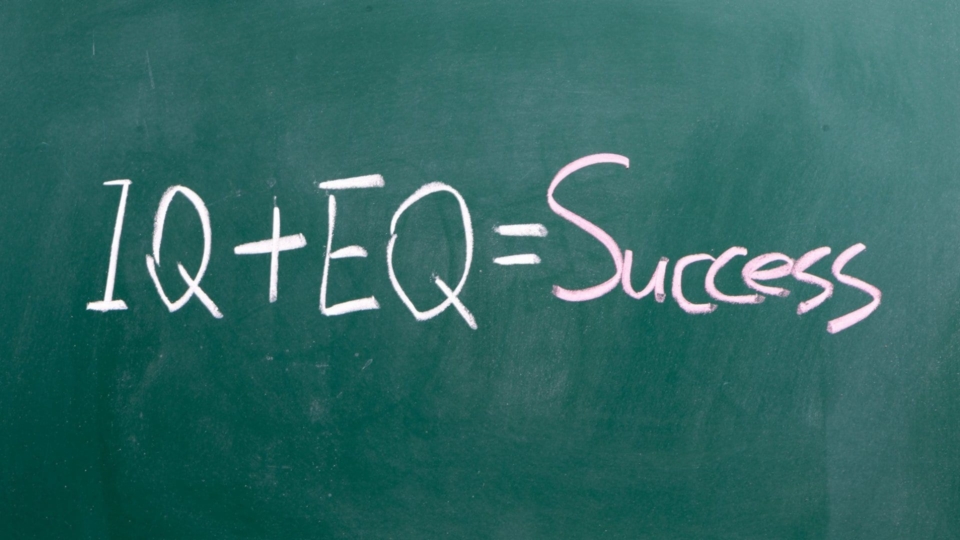As we dive into the third and final post in our series on Social-Emotional Learning (SEL), let’s recap what we’ve discussed so far. On the surface, “emotional intelligence” can seem like a fluff term, but underneath the title is a complex study of empathy, compassion, equity, and behavior. Emotional intelligence allows us to form meaningful connections, and keeps us open to our own and other’s needs. When the social-emotional “muscle” is not exercised properly, we may find that we are lacking in many of the traits listed above. It is crucial that the youngest generation, like our GIA scholars, are exposed to emotionally intelligent peers and practices, especially in the time of a global pandemic where interactions are extremely limited.
Emotional Intelligence, or EQ, arguably accounts for more success in a person’s lifetime than IQ, which includes abilities like logical reasoning, mathematical problem solving, and working memory. Six Seconds, a research institute dedicated to educating the community on emotional intelligence, offers a free EQ test for individuals, employees, and organizations. Other organizations dedicated to emotional intelligence research include Goleman EI, The Center for Advanced Emotional Intelligence, as well as a few we’ve already mentioned including Tabatha Marden and The Yale Center for Emotional Intelligence. All of these resources can be accessed by parents, teachers, and administrators alike, since Emotional Intelligence is truly for everyone.
As the GIA teachers prepare for their EQ course with specialist and life coach, Tabatha Marden, some of the things the course will measure include risk-taking vs. careful evaluation, considering long-term goals vs. pushing for practical actions, and collecting rational data vs. perceiving emotion. All of these measurements are then shown as a holistic “outcomes-based” assessment, and each person is given a set of behaviors or tendencies that they either score high or low in. By laying it out in this way, we still get the satisfaction of seeing tangible results – something our IQ thrives on – while still empowering each of our deep, conditioned emotional skillsets. This is important because we never want to undermine any one set of skills, and we never want to pit IQ and EQ against each other. After all, IQ + EQ = Success!
If you enjoyed this blog series or have any questions about SEL or EQ best practices, please let us know by reaching out to pmesser@giaowlsmail.com, or visit one of our linked resources above!
This post is not sponsored by any of the organizations listed or linked above. Blog photo credit to INC.com.



